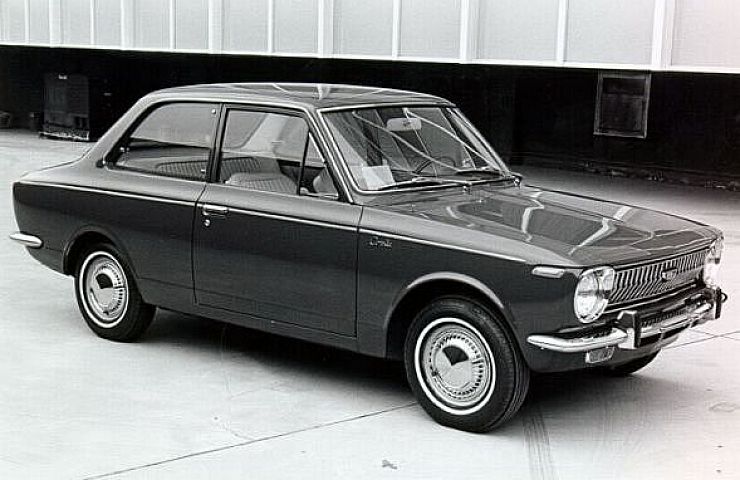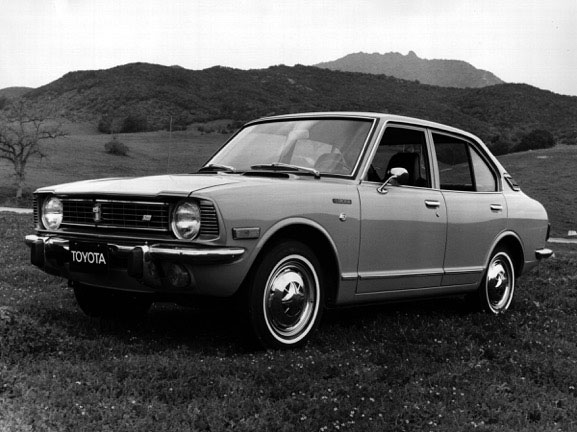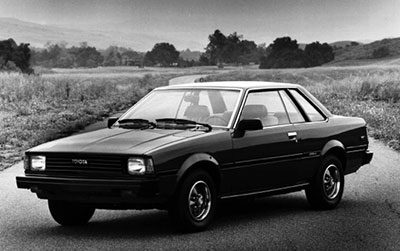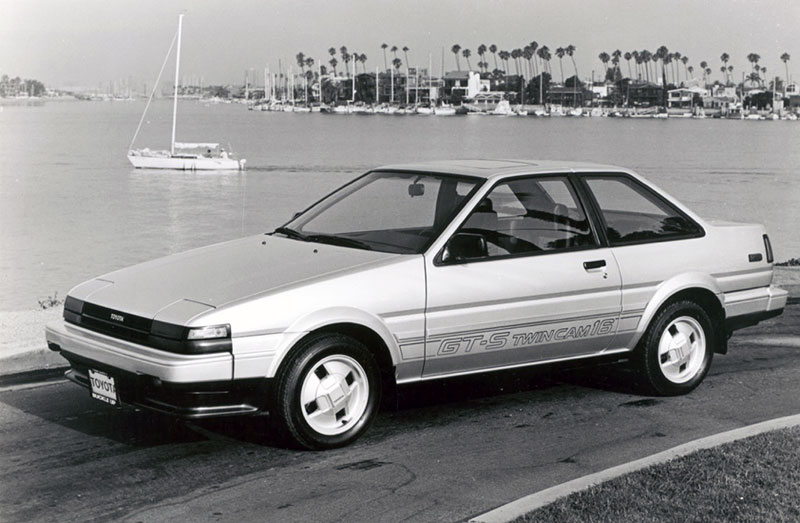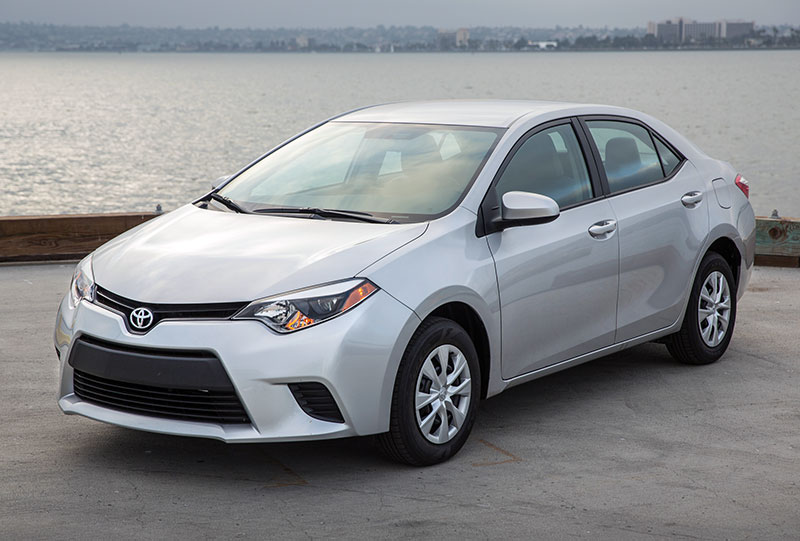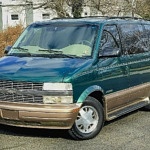Americans remember 1966 as the year Simon and Garfunkel released “Sounds of Silence” and Sandy Koufax became the first three-time Cy Young award winner. Meanwhile, across the pond, Toyota introduced a new subcompact called the Corolla. It was an event that flew below the radar of American gearheads, but would have dramatic implications in the subsequent decades.
The name, Corolla, means “crown of flowers,” reflecting chief engineer Tatsuo Hasegawa’s belief that it was the most important car the company had ever produced. Designed initially to meet the needs of Japanese commuters, Hasegawa knew the robust little sedan could become a global car.
The first Corolla was a rear-wheel drive chassis equipped with a 60-horsepower engine and four-speed manual transmission. The US version introduced in 1968 came as a two-door sedan or wagon priced from $1,700—a bargain even in those days.
Although it gained some traction on the coasts, the Corolla had less success in America’s heartland. At a time when gasoline was 35 cents per gallon and Detroit iron ruled the road few people cared about Toyota’s tiny underpowered sedan.
All that changed in 1973 with OPEC’s first global oil embargo. A second oil crisis in 1979 had Southern Californians lined up for miles to put gas in their cars. While these events were short-lived, Americans realized that events beyond their control could hit hard in the wallet. The only recourse was to drive more fuel-efficient cars.
Generational Upgrades
In 1971, Toyota introduced a 1.6-liter engine on its second-generation car with almost double the horsepower of the 1968 model. An optional automatic transmission made the Corolla commuter-friendly.
The third-generation car that debuted in 1975 came in five models: a two and four-door sedan, two-door hardtop, sporty SR5 hardtop and two-door wagon. A year later, Toyota added a three-door hatch and sport coupe—less expensive alternatives to the Celica.
While Toyota refined its basic formula, Detroit found itself playing catch-up, producing uninspired models such as the Ford Pinto and Chevrolet Chevette in response to the demand for small cars. More serious competition came from the Honda Civic, Datsun 240Z, and Volkswagen Rabbit.
Making of Global Mainstay
Toyota’s newfound momentum gave product planners the opportunity to expand the Corolla lineup with a front-wheel drive sedan for 1984. It shared the same 1.6-liter engine as the SR5 coupe and hatchback that remained rear-wheel drive cars, mated to a five-speed manual or four-speed automatic transmission. Toyota also experimented with a diesel version of the sedan, but discontinued the model in the US after two years of lackluster sales.
In mid-1984 Toyota introduced a dual overhead cam version of the 1.6-liter engine rated at 124-horsepower to the US market. The more powerful engine had been introduced a year earlier in Japan in two models: Corolla Levin and Sprinter Trueno.
Both models, called the Corolla GT-S in the states, found favor in the drift racing community, inspiring the current Scion FR-S. The chassis also became the basis for Toyota’s mid-engine MR2 introduced in 1985.
By 1993, Toyota had introduced the seventh-generation Corolla: a compact sedan that set the stage for decades to come. Gone were the subcompact hatchbacks and rear-wheel drive sport coupes of the 1980s, replaced by a roomier car aimed for the largest segment of the small car market.
The newest Corolla introduced in 2014 is the 11th iteration of the car, equipped with a 140-horsepower engine, continuously variable automatic or manual transmission.
Over the past five decades, Toyota has sold more 40 million Corollas in 150 regions, maintaining its original strategy of evolution, not revolution. To its owners, the Corolla remains the ever dependable friend, through ebbs and high tides, the reliable modest ride for people taking life one step at a time.

